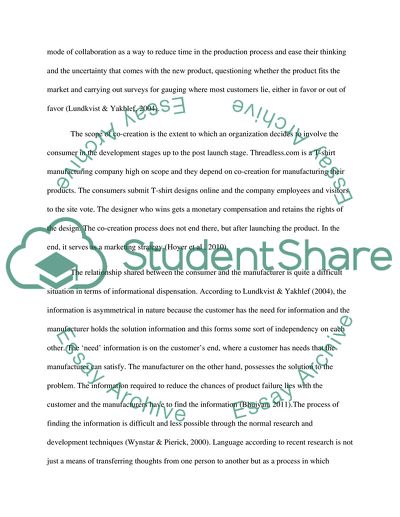Cite this document
(“Consumer Involvement in New Product Development Essay - 1”, n.d.)
Consumer Involvement in New Product Development Essay - 1. Retrieved from https://studentshare.org/marketing/1658983-customer-involvement-in-new-product-development
Consumer Involvement in New Product Development Essay - 1. Retrieved from https://studentshare.org/marketing/1658983-customer-involvement-in-new-product-development
(Consumer Involvement in New Product Development Essay - 1)
Consumer Involvement in New Product Development Essay - 1. https://studentshare.org/marketing/1658983-customer-involvement-in-new-product-development.
Consumer Involvement in New Product Development Essay - 1. https://studentshare.org/marketing/1658983-customer-involvement-in-new-product-development.
“Consumer Involvement in New Product Development Essay - 1”, n.d. https://studentshare.org/marketing/1658983-customer-involvement-in-new-product-development.


